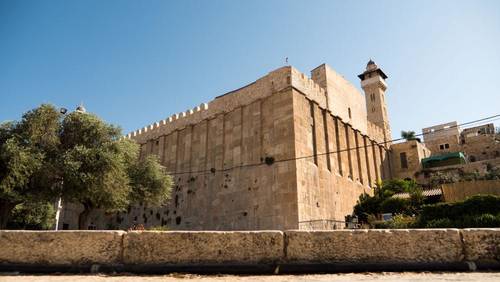
Last week I gave a talk on the history and traditions of burial practices and cemeteries in Judaism. I described the fascinating artistry of gravestones, and many of the traditional symbols that were used on gravestones to describe those who died. We also discussed the important mitzvah of kevod ha met, honoring the dead, and the incredible lengths that we go to take care of the body from the time of death until burial.
In Jewish tradition most communities have special groups that take care of the dead, preparing and cleaning the bodies for burial, and also acting as a supportive resource for families as they enter the time of morning. The work of the Hevra Kadisha, is an ancient practice, and for those who participate, it is one of the most meaningful Jewish acts in which they participate. Here in Montreal most synagogues do not have their own Hevra Kadisha, since this is instead done by the funeral homes, but in many ways I believe we are losing a key aspect of Jewish practice by leaving this holy experience to others.
Scholars believe that the first Hevra Kadisha was formed in the 4th century CE, but that the first group formed to serve the entire Jewish community in a similar way as is done today was created in 1564 in Prague. Before the Holocaust, European cities had hundreds of established burial societies, which were wiped away as the Jewish communities of Europe were destroyed. Most major cities in the United states even today often have multiple groups, often organized by individual synagogues or through the denominations. Throughout the generations, the Hevra Kadisha have provided a way for Jewish communities to honor the lives, and the deaths of their members, while providing a way for families to be supported throughout the mourning process.
Our parsha this week brings us through this cycle of life and death, joy and sadness. Chayei Sarah, “the life of Sarah” actually begins with the description of the death and burial of the first matriarch, Sarah. Abraham’s first act after Sarah’s death and his initial mourning for her is to search for a place to bury her. He searches out a burial place, and insists on paying full price so that the burial plot can remain in his hands for future generations. And then after Sarah is buried, the cycle of life continues. Abraham immediately proceeds to send his servant to find a wife for his son Isaac, he meets Rebecca they are married, and Isaac finds “comfort after his mother’s death“(Gen. 24:67). The parsha ends with the death and burial of Abraham in the same cave that Abraham purchased for Sarah.
What ties all of these experiences of life together is hesed, compassion and kindness. The deep and never-ending respect and love that Abraham had for Sarah in her life is reflected in his respect of the burial process and her memory. Abraham could not resume his daily life until he had not only mourned properly, but also given her a proper burial. As the Hevra Kadisha does today, Sarah is accompanied to her grave with the utmost compassion and care, without any expectation of reciprocity. The mitzvah of tararah, of caring for the body, providing a proper burial and caring for the mourners is one of pure hesed, compassion, as it honors both death and life, and creates the holy space for the community to heal and grow.
And as in the parsha, death can inspire us to live a fuller and more meaningful life. After Sarah dies and is buried, Abraham proceeds to find a way for his son to experience the same kind of love and connection that he did with Sarah. The hesed, the life is carried forward even as Abraham continues to heal.
When a person dies and is lowered into the ground, it is common for the mourners to say: “Remember that we are only dust”. The dust of death, but also the dust of life. What is most important is that we carry each other through all stages of life’s journey with hesed, with love and compassion. This how to build a community that will last throughout the generations.
